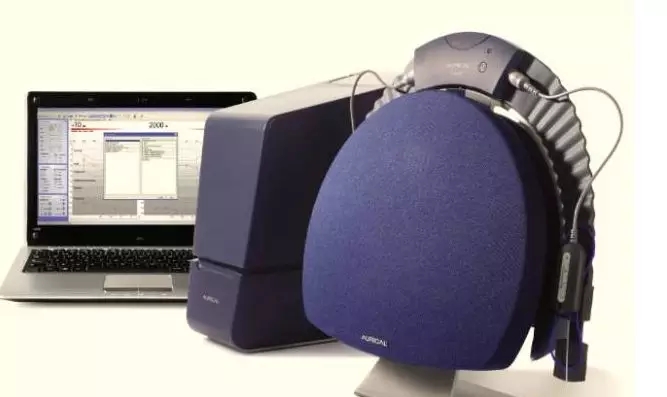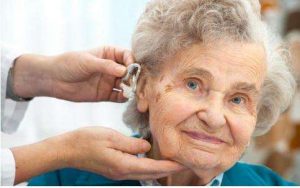dB HL(Hearing level)
Hearing level: It is to straighten the hearing threshold curve of 18-25 normal people. As the reference value of pure tone audiometry, the difference between the listening threshold of patients and normal people at each frequency is expressed as the hearing on the pure tone audiogram. level. It can indicate signal strength and can be directly applied to describe the degree of hearing loss.
2
dB SPL(sound pressure)
Sound pressure level: It is based on the basic concept of physics, the reference sound pressure value is 20μPa, suitable for all acoustic measurements. The minimum sound intensity (about 20μPa) heard by the most sensitive human ear is the relative sound pressure rms value of the scale. It is defined as taking the ratio of the effective value of the sound pressure to be measured to the reference sound pressure as a common logarithm, and multiplying by 20 in units of decibels (dB). Therefore, when the sound intensity is expressed by the sound pressure level, it is calculated according to the following formula:
Sound pressure level (dB) = 20 lg [p(e)/p(ref)]
In the acoustic measurement, the reference sound pressure of the sound pressure level is defined as 2 × 10 – 5 Pa (20 μPa). Thus, 20 μPa is 0 dB SPL, pain threshold (20 Pa) is 120 dB SPL, normal speech (0.02 Pa) is 60 dB SPL, and gun sound (2000 Pa) is 160 dB SPL. Therefore, the intensity value of the sound can have a negative value.
3
dB nHL(normal hearing level)
Normal hearing level: For the other stimuli except pure tone, there is still no international unified hearing zero standard. Therefore, using biometric calibration method, a group of hearing-impaired young people are first tested for the hearing threshold of certain types of stimuli. The pressure level is expressed as) and is regarded as the “zero level” of the normal hearing level of the stimuli, ie 0dB nHL. This is a method commonly used in clinical practice.
4
dB SL(sensation level)
Sensory level: refers to the number of dB above the hearing threshold. The reference amount is the signal hearing threshold of the frequency, which is often used to determine the intensity of the auditory evoked potential stimulation signal.
For example, if the subject’s single ear (left ear) is stimulated, if the subjective hearing threshold is 30 dB SPL, then the stimulus is an acoustic stimulus of 90 dB SPL, and the intensity of the perceived sound intensity of the left ear is 60 dB SL. That is, the acoustic stimulation intensity can be converted into (90-30) dB SPL=60 dB SL.
5
dB A
A-weighted sound pressure level: The noise level measured by A weight is 45 dB, then the “A” sound level is 45 dB” or written as 45 dB(A). Clinical audiology often uses A-weighted measurement. Evaluate test environment noise, etc.
6
dB speech HL
Speech Listening Level: Used for speech testing.
7
dB eHL
Estimated hearing level: used to solve the problem of expressing the result of estimating the pure tone threshold by the objective test response threshold. The results expressed in dB eHL indicate that the threshold is estimated from the guest observation and its value can be equivalent to dB HL in the auditory intervention.
8
dB peSPL
Peak equivalent sound pressure level: It is a sound intensity calibration unit specially designed for short duration, which is the pure sound pressure level of the intensity of the short time sound at the pressure change peak (ie, the maximum pressure point) and the pure sound peak to the peak amplitude. That is, the oscilloscope compares the amplitude relationship between the short-pulse electric pulse peak amplitude and the pure tone signal.
Peak equivalent sound pressure level dB peSPL For different types, different frequencies and different time courses of stimulation sound, the difference between the unit dB SPL and its dB peSPL equivalent value is not exactly the same. This unit is mainly used in auditory evoked potential tests, such as auditory brainstem evoked potentials, which have been gradually replaced by dB nHL units in recent years.
Link:What are the units of measurement for sound intensity?
REF: Hearing Aids Supplier , BTE Hearing Aids, Hearing Aids TypesThe article comes from the Internet. If there is any infringement, please contact [email protected] to delete it.




